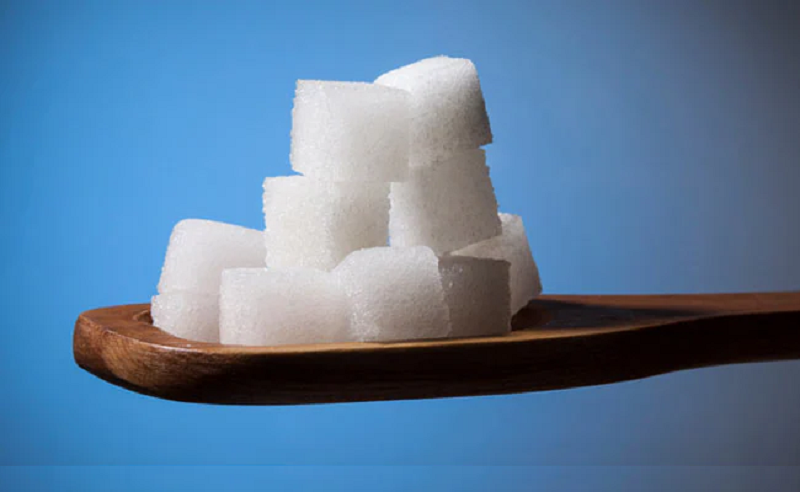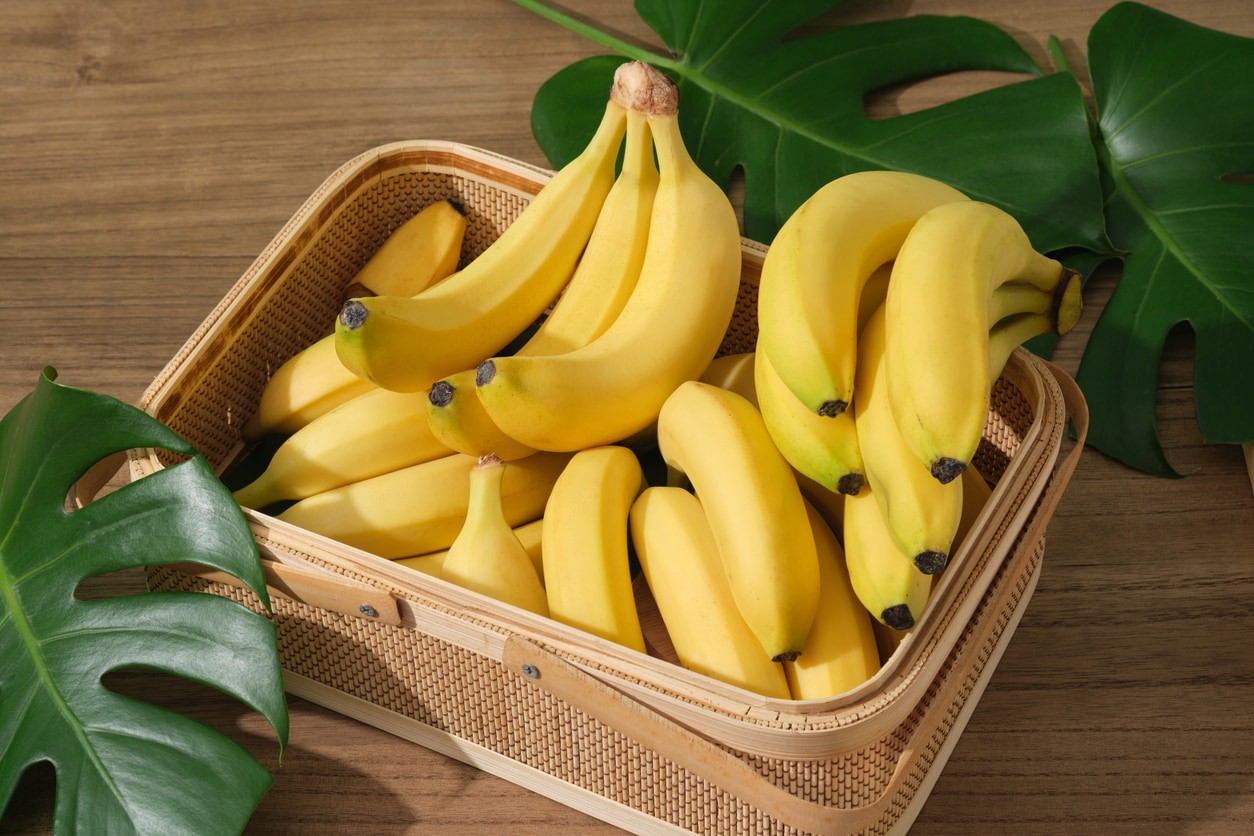Distinguishing between bananas that have been ripened organically and those that have been ripened conventionally can be a challenging but essential task in the crowded aisles of grocery shops.
Having an excellent grasp of visual cues is becoming increasingly important as customers place a greater emphasis on organic products due to the environmental and health benefits it offers. Let’s look into the subtle distinctions that set organic bananas apart from its counterparts that have been ripened using conventional methods. This will enable you to make well-informed decisions and appreciate the essence of organic fruit.
Organic Bananas
Smaller Size: Typically, organic bananas are a bit smaller in size compared to conventionally ripened ones. The variation in size is due to the natural cultivation techniques employed, which do not involve the use of artificial growth enhancers.
Less Shiny Appearance:When compared to bananas that are matured in a usual manner, organic bananas have a more subtle gloss. This is because the traditional method of ripening does not involve the application of any artificial waxes or coatings.
Non-Uniform Ripening:The ripening pattern of organic bananas is more irregular than that of conventionally ripened bananas, which tend to ripen in a more consistent fashion. Due to the lack of chemical ripening agents, this uneven ripening is an inevitable result.
Patchy Brown Spots: While ripening, organic bananas get brown blotches all over. Natural enzymatic reactions cause these dots, which can be used as a visual indicator of ripeness instead of ethylene gas or other ripening boosters.
Yellow Stalk:The stalk of organic bananas tends to maintain a yellowish hue even as the fruit ripens. This is in contrast to conventionally ripened bananas, where the stalk may turn brown more rapidly due to the influence of chemicals.

Artificially Ripened Bananas
Green Stalk:One notable characteristic of conventionally ripened bananas is a greenish stalk, indicating a quicker transition from green to yellow. This is often a result of the use of ethylene gas to hasten the ripening process.
Higher Shine: Conventionally ripened bananas boast a shinier surface due to the application of wax coatings. These coatings enhance the fruit’s visual appeal but may not align with the natural appearance of organic produce.
Fewer Brown Spots: When bananas ripen naturally, they may develop a few brown spots, but these are usually less and more evenly distributed compared to the brown spots on organic bananas. The appearance of spots is usually caused by carefully controlled ripening conditions instead of occurring naturally through enzymatic processes.
Larger Black: When bananas ripen naturally, they may develop a few brown spots, but these are usually less and more evenly distributed compared to the brown spots on organic bananas. The appearance of spots is usually caused by carefully controlled ripening conditions instead of occurring naturally through enzymatic processes.
Uniform Yellowing: Instead of showing irregular ripening patterns like organic bananas, conventionally ripened bananas typically turn a more uniform shade of yellow.





